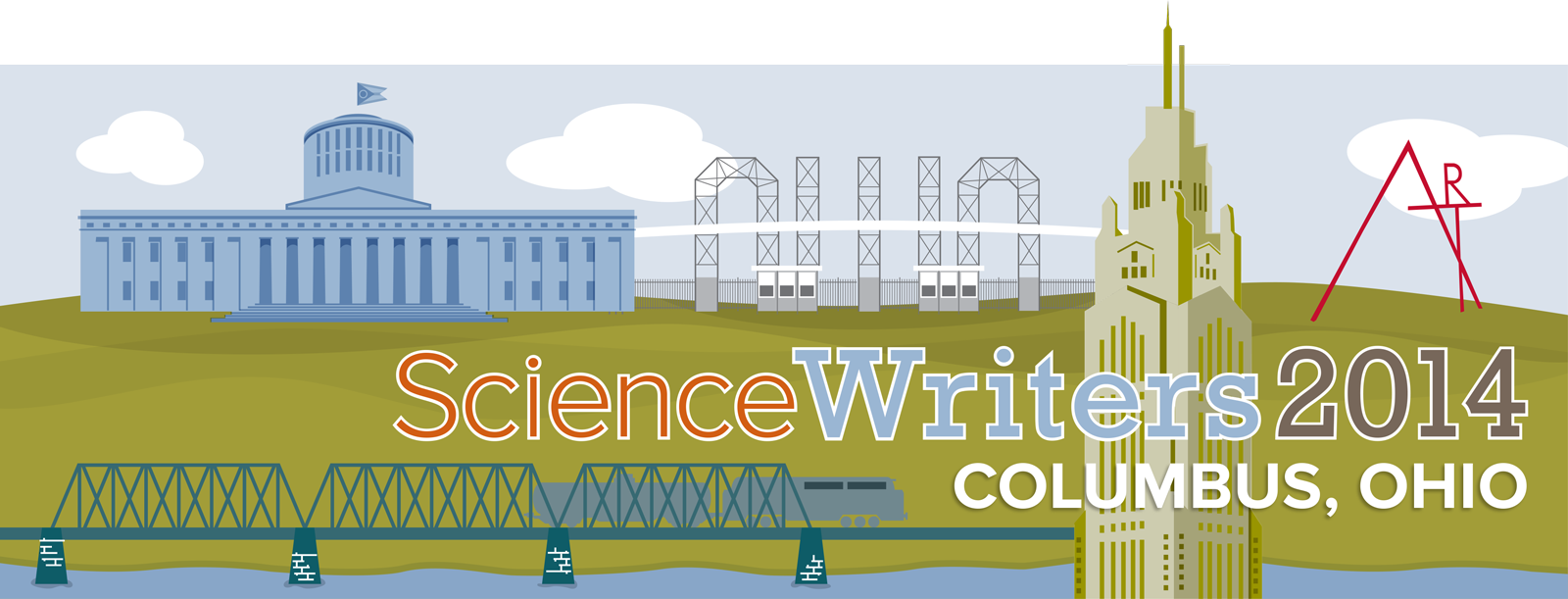The long-awaited dawn of neutrino astronomy
- Time:
- Sunday, October 19th, 4:30 pm to 5:30 pm
- Location:
- Emerson Burkhart AB, Hilton Columbus Downtown
- Speaker(s):
- John BeacomProfessor of physics and astronomy; director, Center for Cosmology and AstroParticle Physics, The Ohio State University
Last year, while the physics community was still talking about the 2012 discovery of the Higgs boson, a quiet discovery was made deep under the ice of Antarctica. IceCube, a vast telescope made of photomultipliers embedded in ice, had detected the first neutrinos from deep space. It was the dawn of a new era in astronomy, in which electromagnetic radiation is no longer the only means of probing the distant universe. John Beacom, a theorist helping design the new detectors, says these famously ephemeral particles can allow direct observations that can't be made by detecting light, which is emitted from the exteriors of astrophysical objects. Neutrinos uniquely probe these objects' central power sources and bring us information nearly unaffected by their travel through huge densities to the surface. Already neutrinos have mapped the core temperature of the sun, announced the birth of a nearby supernova and provided a skymap of the high-energy universe. Soon to come are first discoveries about distant supernovae and ultra-high-energy cosmic rays.
For supplemental information about this New Horizons in Science briefing, see the CASW website




